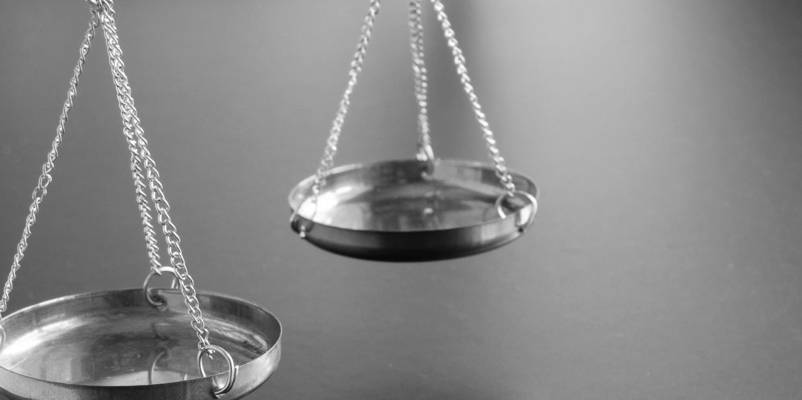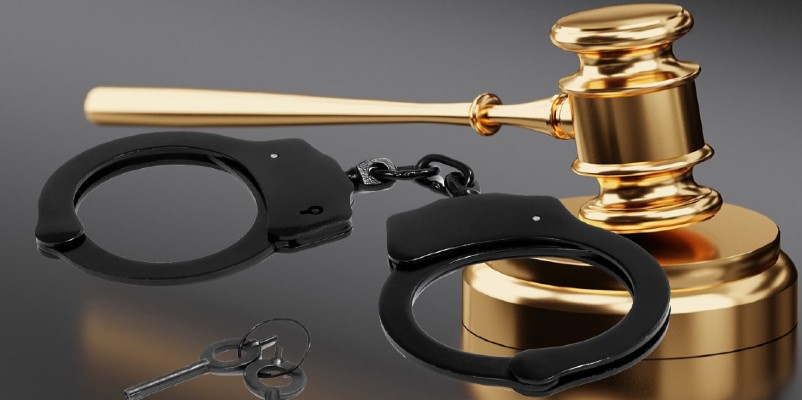20 Aug Producing Child Exploitation Material – Section s 218 – Criminal Code
s 218 – Producing Child Exploitation Material- A person who produces child exploitation material is guilty of a crime and is liable to imprisonment for 10 years.
- In order to be convicted of this offence you must be found guilty of producing child exploitation material.
- “Child exploitation material” is defined in section 217A of the Criminal Code as:
- Child pornography; or
- Material that, in a way likely to offend a reasonable person, describes, depicts or represents a person ,or part of a person, who is, or appears to be a child –
- In an offensive or demeaning context; or
- Being subjected to abuse, cruelty or torture (whether or not in a sexual context);
- “Child pornography” means material that, in a way likely to offend a reasonable person, describes, depicts or represents a person, or a part of a person, who is, or appears to be a child –
- Engaging in sexual activity; or
- In a sexual context;
- “Material” includes –
- Any object, picture, film, written or printed matter, data, or other thing; and
- Any thing from which text, pictures, sound or data can be produced or reproduced, with or without the aid of anything else;
- “Picture” includes an image, whether or not it is a computer generated image.
- This offence is strictly limited to where the offender has produced the child exploitation material. If the offender has not made the child exploitation material but has it in their possession, they may instead by charged with possession of child exploitation material.
- If you have producing child exploitation material and you have also given the child exploitation material to other parties you may be charged with distributing child exploitation material.





